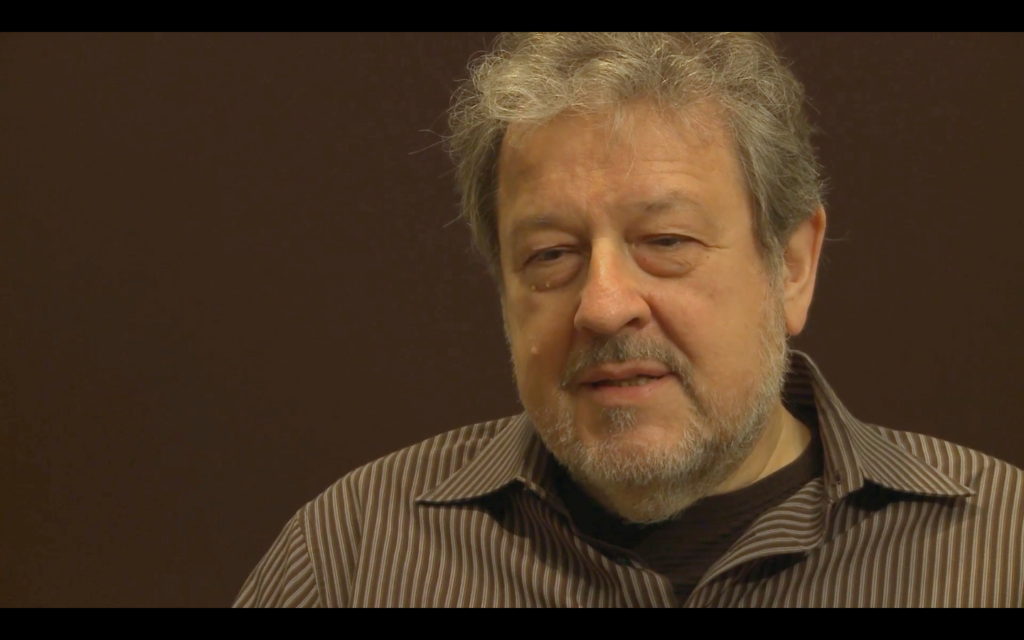I’m still slowly making my way through is Fear of Black Consciousness, by Lewis Gordon. I’ll read a few pages, which will get me thinking hard about something, I’ll go follow those thoughts for a while, until eventually I come back to Lewis Gordon’s book. The latest bit that’s sending me off on a tangent is this interesting anecdote:
“During … [a] conference … in South Africa in the late 1990s, the hosts took the presenters to a wildlife preserve. I hate even the idea of a safari, but I went along in the spirit of being a good guest. As the game warden and the resident veterinarian were explaining safety measures at the facility, I glimpsed one of the guests, a white Frenchman in his thirties, straying away from the group. Curious about what he was up to, I watched as he made his way over to a fence, behind which rested a lioness. Seeing him coming close, the lioness rose on all fours. The Frenchman looked at her for about a minute and then slowly extended his hand to pet her. The lioness licked her lips.
“‘Stop!‘ yelled the game warden.
‘The Frenchman paused, his hand near the fence. ‘Why?’
“‘Because she’ll eat you!’
“There is something many people of color, especially those of us from the Global South, know about white people as a group but rarely discuss with them. Although many white people despise nonwhite peoles, especially blacks, they love animals. The love is to the point of many if not most whites seeming no longer capable of imagining animals as wild.” [pp. 40-41]
I have noticed this tendency among some of my white friends, a tendency I don’t quite share. I remember walking into a city park with a white friend, when we passed an eagle sitting, quite fearlessly, fairly close to a boardwalk over a constructed wetlands. We both looked at the eagle for half a minute. Then I continued walking, but my friend decided to stay and commune with the eagle for the net half hour. I didn’t share their impulse, but I could understand it.
Contrast that with another young white friend, who was majoring in biology and managed to get a summer job working with a field biologist banding birds. After that summer, she no longer thought birds were cute, nor did she particularly like them, although she did respect them. Or another young white friend who was in 4-H. After milking goats, and cleaning up their shit, and watching them give birth, and taking care of their illnesses, and sending them off to be slaughtered for food — she did not see goats, or any other animals, as cute and cuddly. Then, too, when I was working lower middle class jobs, I had a number of white friends who were hunters or trappers. They lacked any sentimentality about killing animals; in fact, for some of the older ones, hunting and trapping had been how they got through the Great Depression. So there are white people who, because of their experiences, lack sentimentality when it comes to animals. However, it’s worth noting that these white people tend to see animals in utilitarian terms, or as resources to be conserved or exploited.
Lewis Gordon points out: “Pleonexia — wanting everything — requires the absence of limits. White pleonexia transforms land, living things, including other human beings, and even thoughts, into property; the covetous mentality is applied to the skies, to outer space, and even to time…. This desire expands to the expectation, if not presumption, of invulnerability and absolute entitlement….” [p. 40]
[A side note: what I mean by “animals” in this post, and what I think Lewis Gordon means, are the charismatic mega-fauna and mesa-fauna, primarily in phylum Chordata, classes Mammalia, Reptilia, and Aves — we’re mostly not talking about poriferans, molluscs, arthropods, annelids, etc.]

